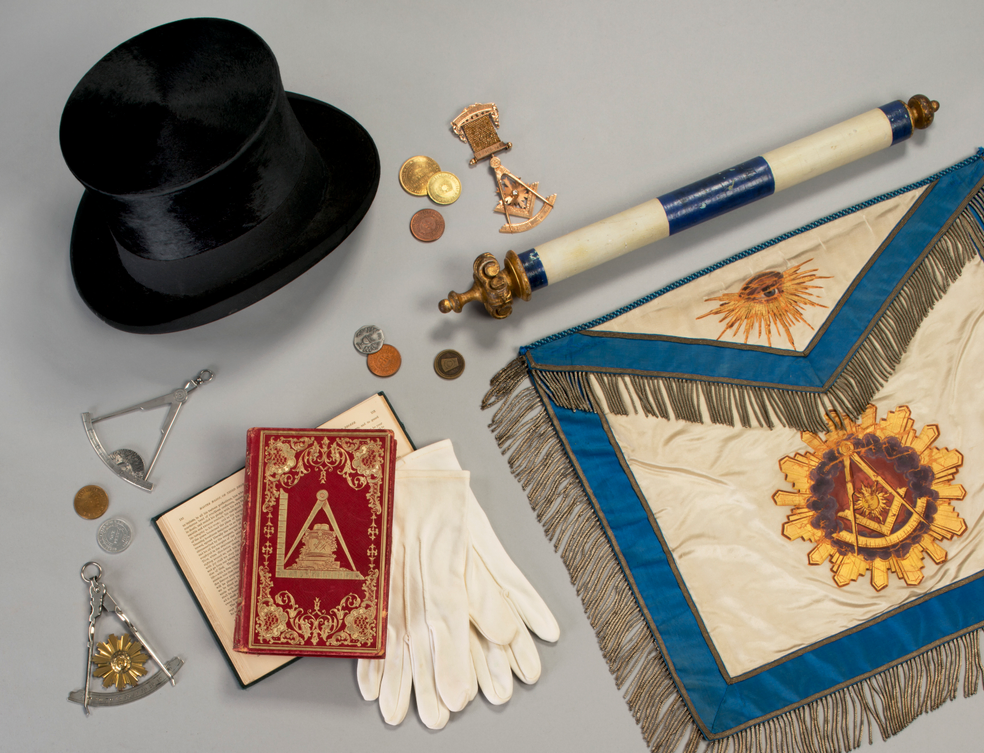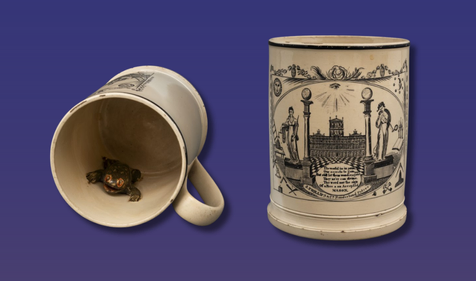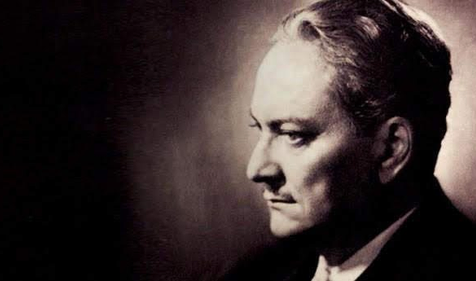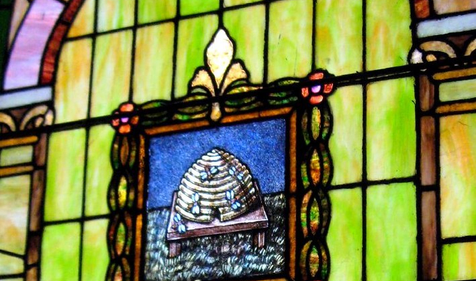Masonic regalia are the accessories and garments worn by Freemasons during ceremonies. They are rich in tradition, history, and Masonic symbolism.
From the simple elegance of the lambskin apron to ornate collars of office, Masonic regalia serve as more than mere garments; they are tangible embodiments of the principles, teachings, and rich history that have guided Freemasons for centuries. Masonic regalia vary depending on the Masonic body, specific degree, and jurisdiction, but they are always a testament to the enduring legacy of our Craft, reflecting the timeless values of Brotherly Love, Relief, and Truth.
Often considered part of the “uniform” of Freemasonry, each piece of regalia, whether worn by an Entered Apprentice or a Sovereign Grand Inspector General, carries with it symbolism and allegory. In this article, we examine common types of Masonic regalia, along with their meaning and origins within the Craft. As custodians of a tradition rooted in symbolism and ritual, it is incumbent upon us to explore the profound significance of these sacred emblems and the lessons they impart to us as Masons.
Masonic Aprons
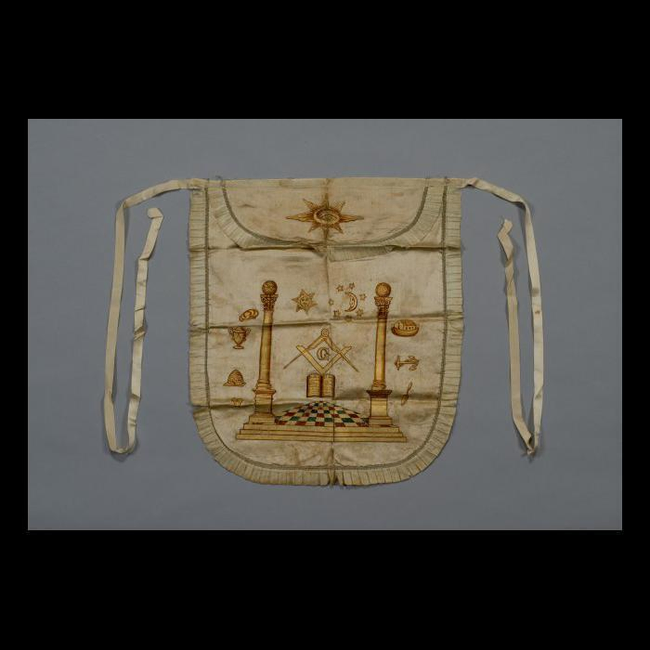
The Masonic apron is one of the most recognizable pieces of Masonic regalia. When a Brother becomes an Entered Apprentice, he receives a white lambskin apron, a symbol of purity and innocence. When the fraternity was originally formed, the founders integrated the tools and traditions of stonemasons into their practices, including the protective aprons these men wore as they worked. The shape, style, and materials of Masonic aprons were based on these utilitarian aprons. Over time, they have come to symbolize a Freemason’s labor of building their lives at spiritual temples and serving as a reminder to every Mason of their commitment to uphold the values of the Craft.
Masonic Collars
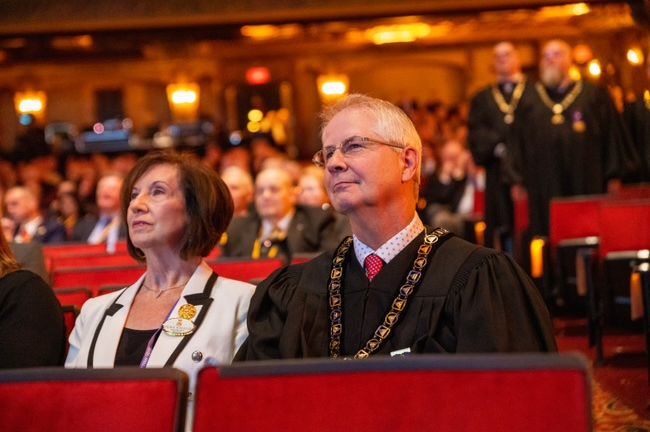
Typically worn around the neck, collars often feature various symbols. Jewels denoting the wearer's rank or office within the lodge are suspended from collars. The style and design of a collar typically depend on a Mason's degree or position within the lodge. Almost all lodge officers wear one according to their position, such as the Worshipful Master, Senior Warden, Junior Warden, Secretary, Treasurer, or other appointed officers.
When it comes to Grand Lodge regalia, collars are not uniform from Grand Lodge to Grand Lodge. Some officers wear collars made from metal chains adorned in velvet, while others embroider theirs with gold and silver thread.
Worshipful Master’s Top Hat
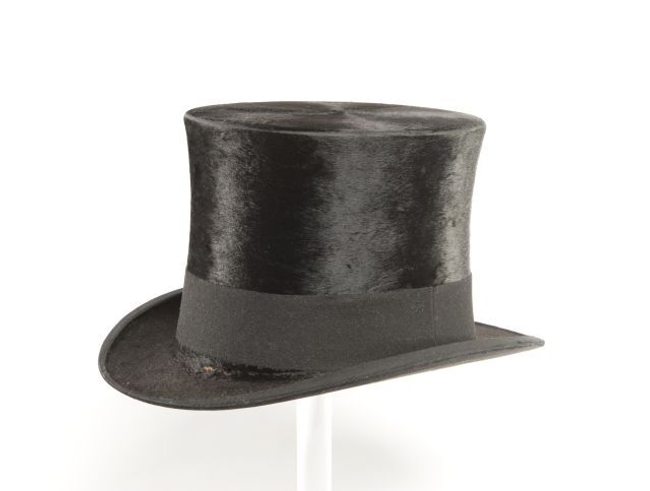
In most Masonic lodges, the Master wears a top hat to signify the authority of his office. The height of a top hat’s crown, the curl of the brim, and the material used to form the hat have all changed repeatedly over the years to reflect prevailing fashion, though the meaning of the symbol has remained the same.
Celebrating the Symbolic Legacy
The deep symbolism, tradition, and history of Masonic regalia is a strong reminder of our centuries-long Brotherhood and our shared journey towards the East. The symbolism woven into our regalia serves as a guiding beacon, leading us on a path toward self-improvement and enlightenment.
Related Stories
Discover additional Scottish Rite blogs and news on this topic.
-
A Jolly Masonic Mug
History
Read More about A Jolly Masonic Mug
-
Manly P. Hall: Philosopher, Mystic, and Freemason
Famous Masons
Read More about Manly P. Hall: Philosopher, Mystic, and Freemason
-
What Does the Beehive Mean in Freemasonry?
Degrees
Read More about What Does the Beehive Mean in Freemasonry?
